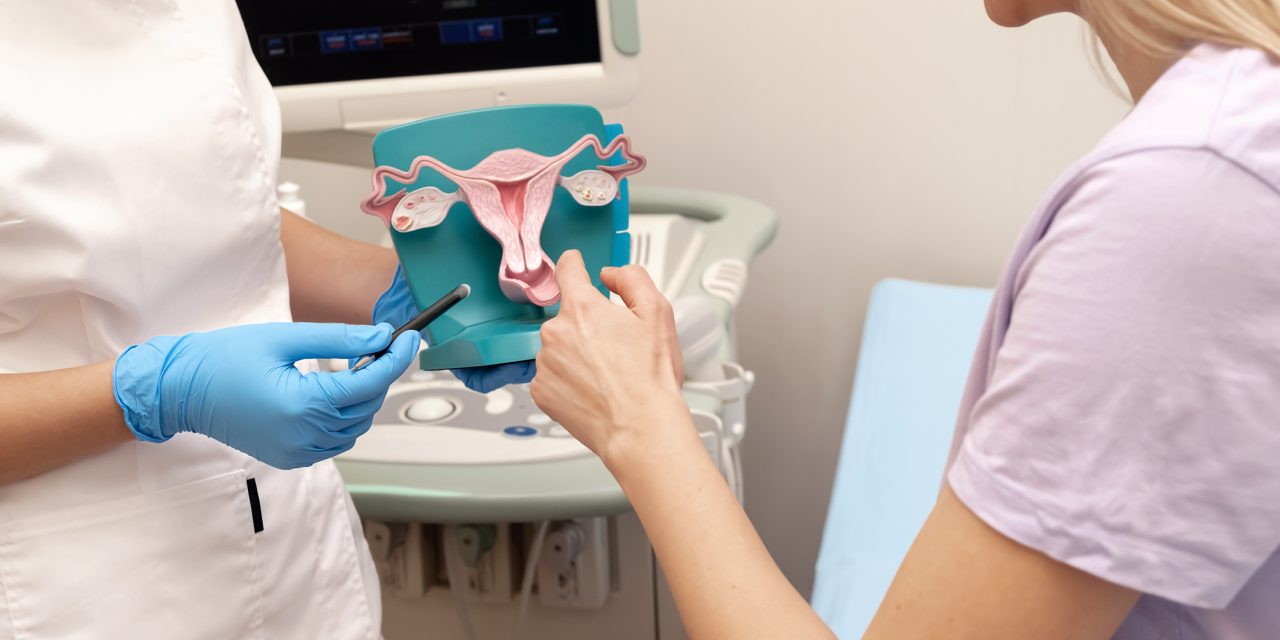Most cases of high-grade serous ovarian carcinoma originate as serous tubal intraepithelial carcinoma (STIC) lesions in the fallopian tube epithelium (FTE), enabling early endoscopic detection.
The cell-acquiring fallopian endoscope (CAFE) was built to meet requirements for locating potentially pathological tissue indicated by an alteration in autofluorescence or presence of a targeted fluorophore. A channel was included for directed scrape biopsy of cells from regions of interest.
Imaging resolution and fluorescence sensitivity were measured using a standard resolution target and fluorescence standards, respectively. A prototype was tested in ex vivo tissue, and collected cells were counted and processed.
Measured imaging resolution was 88 μm at a 5-mm distance, and full field of view was ∼45 deg in air. Reflectance and fluorescence images in ex vivo porcine reproductive tracts were captured, and fit through human tracts was verified. Hemocytometry counts showed that on the order of 105 cells per scrape biopsy could be collected from ex vivo porcine tissue.
All requirements for viewing STIC in the FTE were met, and collected cell counts exceeded input requirements for relevant analyses. Our benchtop findings suggest the potential utility of the CAFE device for in vivo imaging and cell collection in future clinical trials.
Sub-millimeter endoscope demonstrates feasibility of in vivo reflectance imaging, fluorescence imaging, and cell collection in the fallopian tubes.


